As mentioned in the previous article, a considerable bone defect would generate when we perform wide resection on malignant osteosarcoma. The orthopedic surgeon must provide appropriate reconstruction to restore the patient's limb function well. There are three common medical techniques for limb reconstruction:
First: Biological reconstruction
- allograft
- frozen recycled autograft
- in vitro high-dose irradiated autograft
Second: Tumor prosthesis
artificial metal joints.
Third: Bone prosthesis composite
異體骨、冷凍自體骨與放射線自體骨為主體,組裝人工關節。
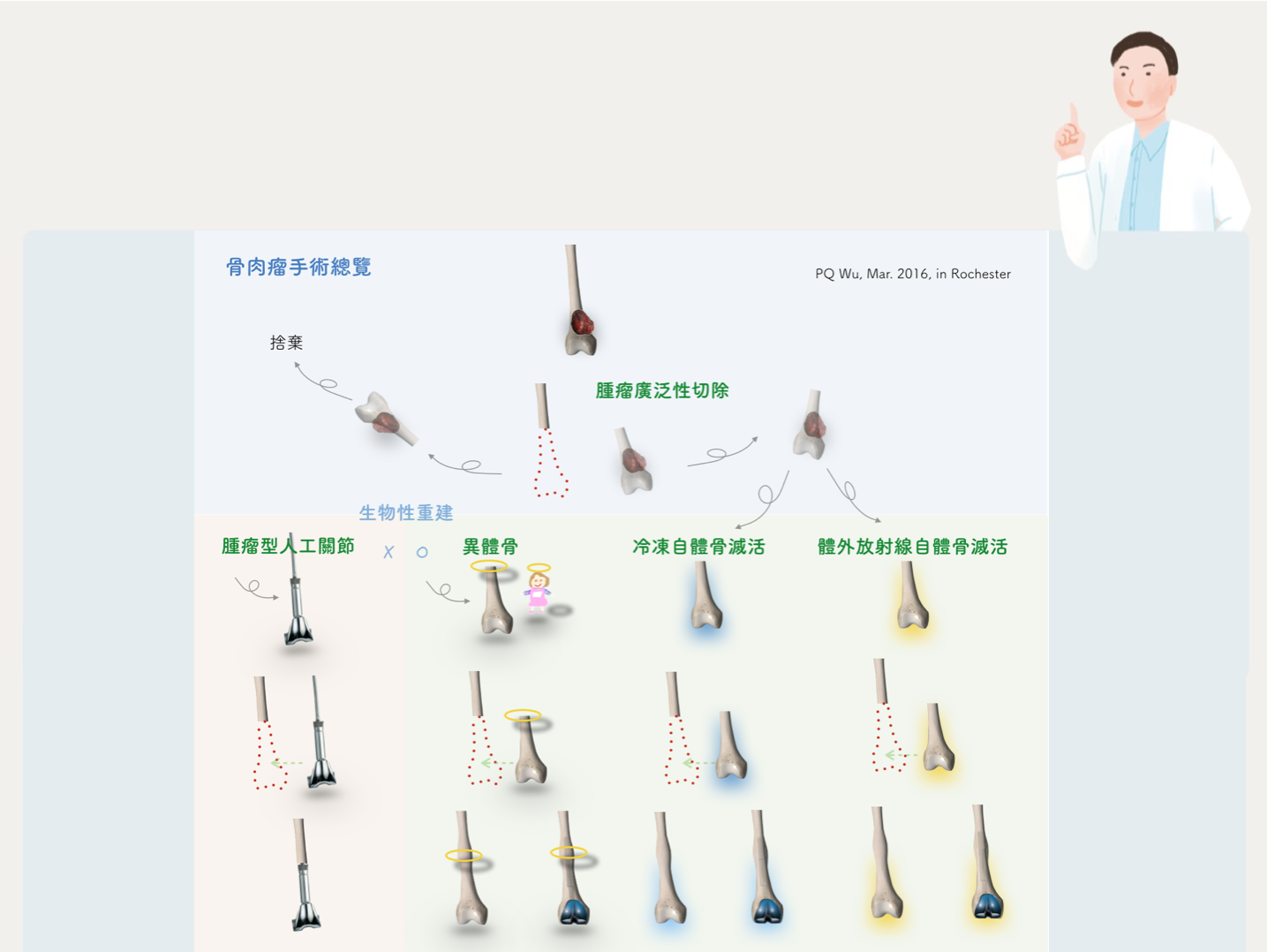
Let's start with the first approach- Biological Reconstruction, which is the bottom right of the figure above, with a light green background.
The biggest difference between biological reconstruction and tumor prosthesis is that biological reconstruction uses 'real bones' to mitigate bone defects. In contrast, tumor prosthesis uses metal substitutes to replace bone defects. The sources of "real bones" include allograft or recycled autograft. We will describe more in the following article.
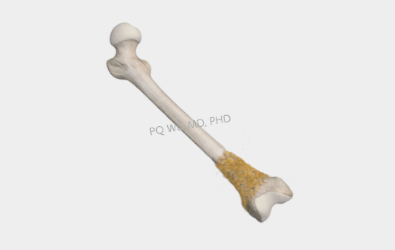
Step 1: Malignant osteosarcoma appears above the knee
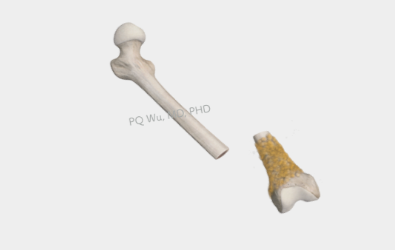
Step 2: Conduct wide resection to remove the tumor completely and extensively.
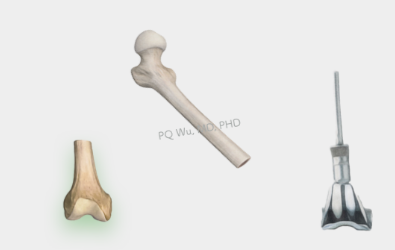
Step 3: Perform bone reconstruction with the real bone instead of metal artificial joints.
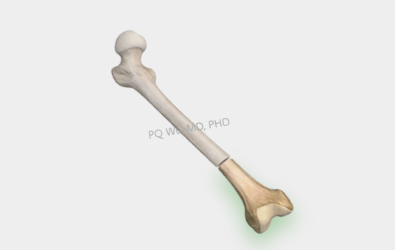
Step 4: In the same operation, the real bones are transplanted back into the patient.
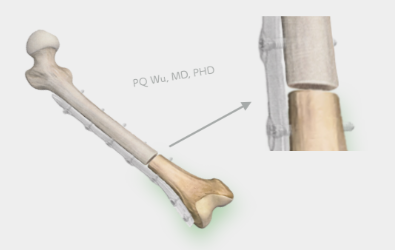
Step 5: Early after surgery, a slight gap between the transplanted bone and the patient's original bone exists. Steel plates are required to secure and carefully protected the bone.
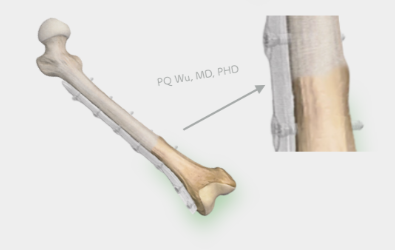
Step 6: Average ten months after surgery, newly born normal bone cells are observed at the gap, and the patient can start normal exercise now as the structure is complete.
As mentioned earlier, the biggest difference between biological reconstruction and tumor prosthesis is that biological reconstruction uses 'real bones' to mitigate bone defects. In contrast, tumor prosthesis uses metal substitutes to replace the bone defects. The sources of "real bones" include allograft or recycled autograft.
The "real bone" has two most important advantages:
I. Restore bond stock
使用含蛋白質,會自行活化的骨骼,來重建骨本。這樣骨骼才用得久!
II. Biological union
移植的骨骼,藉由幹細胞、骨細胞的生長達到癒合,這樣骨骼才用得久!
Because of these two advantages, biological reconstruction has always been the most commonly used reconstruction method in our Therapeutical and Research Center of Musculoskeletal Tumor at Taipei Veterans General Hospital. I'll provide a detailed introduction about the advantages in the next section.


